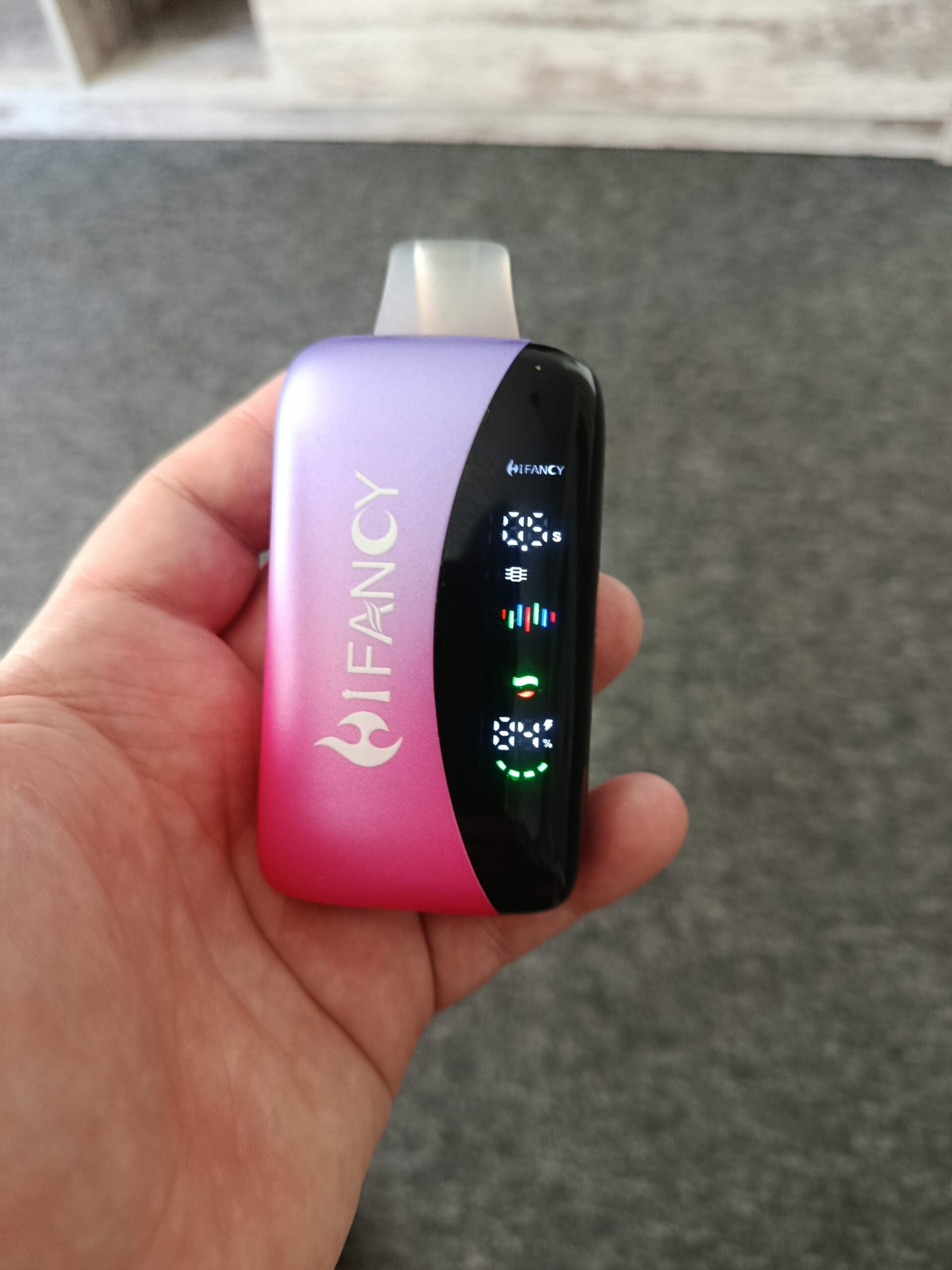Povratne informacije javnosti o politikah glede e-cigaret

Public Response to Electronic Cigarette Policies: Insights from Diverse Stakeholders
Electronic cigarette policies have sparked widespread debate, with opinions varying sharply among consumers, health advocates, policymakers, and industry representatives. These differing perspectives reflect concerns about public health, individual freedoms, economic impacts, and the effectiveness of regulatory approaches. Below, we explore the key themes emerging from public feedback on electronic cigarette regulations.
Health Advocates and Medical Professionals Raise Alarms
Health organizations and medical experts consistently emphasize the need for stringent electronic cigarette policies to protect public well-being, particularly among youth and non-smokers. A recurring concern is the normalization of vaping through appealing flavors, sleek designs, and aggressive marketing tactics, which critics argue glamorize nicotine use and undermine decades of progress in tobacco control. Many health advocates point to studies linking electronic cigarettes to respiratory issues, cardiovascular risks, and potential long-term harm, urging governments to adopt precautionary measures.
The rise in vaping-related lung injuries, though rare, has further fueled calls for stricter oversight. Health professionals demand clearer labeling about ingredients, stricter age verification systems, and bans on flavors that attract minors. Some also advocate for plain packaging requirements to reduce product appeal and limit industry influence over consumer behavior.
Public health campaigns highlighting the risks of dual use—where individuals smoke traditional cigarettes and vape simultaneously—have also shaped feedback. Critics argue that electronic cigarettes may sustain nicotine addiction rather than help users quit, necessitating policies that prioritize cessation support over harm reduction claims.
Consumers Express Mixed Reactions to Restrictions
Adult smokers who use electronic cigarettes as an alternative to combustible tobacco often view regulations as overly restrictive, particularly those limiting flavor availability or raising costs through taxes. Many argue that vaping has helped them reduce smoking-related harm and fear that stricter policies could push them back toward traditional cigarettes or unregulated black-market products. This group frequently calls for balanced approaches that protect youth without penalizing responsible adult users.
Conversely, non-smokers and parents express strong support for tighter controls, citing concerns about secondhand exposure, accidental ingestion of e-liquids, and the normalization of vaping in social settings. Surveys indicate that a significant portion of the public associates electronic cigarettes with health risks similar to smoking, even when presented with evidence of reduced harm. This perception drives demand for policies that limit visibility, such as restrictions on public vaping or advertising near schools.
Youth perspectives add another layer of complexity. While some adolescents dismiss warnings about vaping as exaggerated, others report feeling misled by industry claims about safety. Peer pressure and social media trends play a significant role in shaping attitudes, with many young users expressing frustration over policies they view as patronizing or ineffective in addressing root causes of addiction.
Industry and Retailers Navigate Regulatory Uncertainty
The electronic cigarette industry often criticizes policies as overly burdensome or inconsistent, particularly when regulations vary across regions or change abruptly. Manufacturers argue that compliance costs—such as those associated with pre-market approval processes or product reformulation—stifle innovation and disadvantage smaller players. Some companies also contend that flavor bans or marketing restrictions limit their ability to compete with traditional tobacco products, which face fewer such constraints in many markets.
Retailers, particularly small businesses, highlight the economic impact of policies like age verification requirements or sales bans in certain locations. Many report declines in foot traffic and revenue, especially in regions where electronic cigarettes are treated similarly to tobacco. Industry groups frequently lobby for exemptions or phased implementations to mitigate financial harm, while emphasizing their role in creating jobs and contributing to local economies.
However, some industry stakeholders acknowledge the need for oversight to address legitimate health concerns. Responsible companies support measures like child-resistant packaging and transparent ingredient disclosures, positioning themselves as partners in public health efforts. This divide within the industry complicates policy discussions, as regulators must balance competing interests while maintaining credibility.
Policymakers Face Pressure to Balance Competing Priorities
Governments implementing electronic cigarette policies often face criticism from all sides. Health advocates accuse them of being too lenient, while industry representatives argue that regulations are draconian. This tension reflects the challenge of addressing a product that sits at the intersection of harm reduction, addiction, and commercial interests.
Many policymakers emphasize the importance of data-driven decision-making, citing gaps in long-term research on electronic cigarette safety as a barrier to definitive action. Some regions have adopted wait-and-see approaches, monitoring trends in usage and health outcomes before introducing major reforms. Others prioritize public opinion, adjusting policies in response to surveys showing widespread support for youth protection measures.
International cooperation also shapes feedback, as countries compare strategies and outcomes. For example, nations that have implemented strict flavor bans or taxation policies often serve as case studies for others considering similar moves, though cultural and legal differences limit direct replication.
Public feedback on electronic cigarette policies reflects a deeply polarized landscape, with health concerns, economic interests, and individual freedoms all in play. As governments refine their approaches, ongoing dialogue with stakeholders—including consumers, advocates, and industry representatives—will be critical to crafting regulations that are both effective and equitable. The evolving nature of scientific evidence and societal attitudes ensures that this debate will remain dynamic for years to come.










